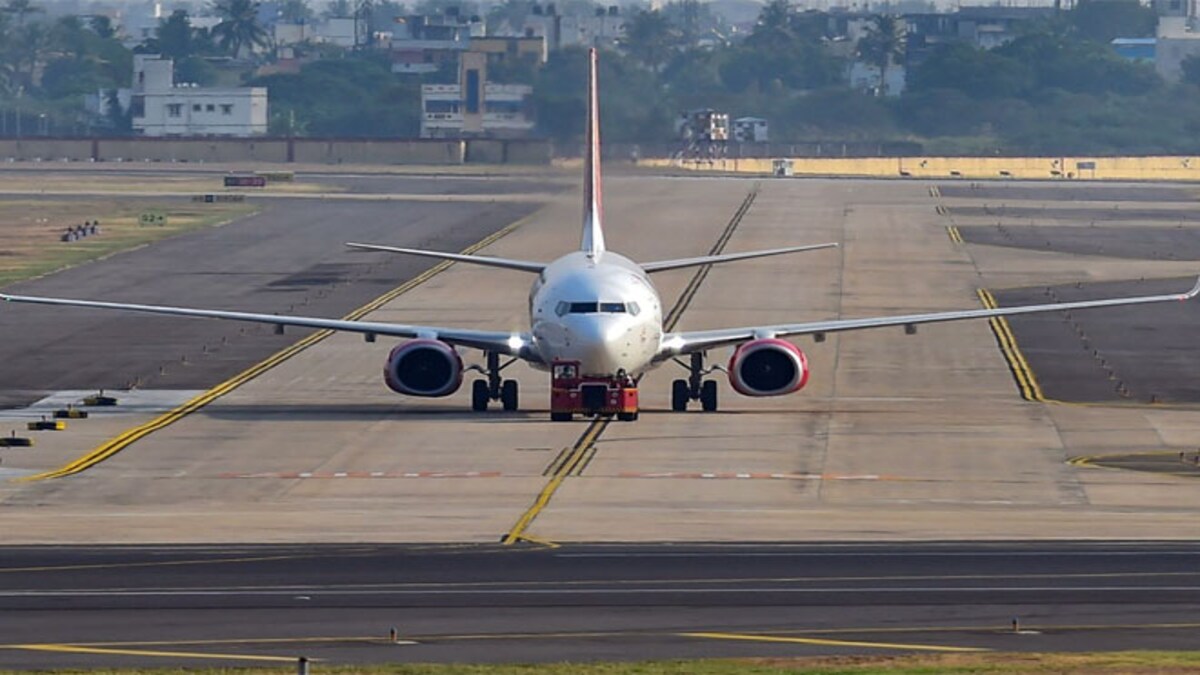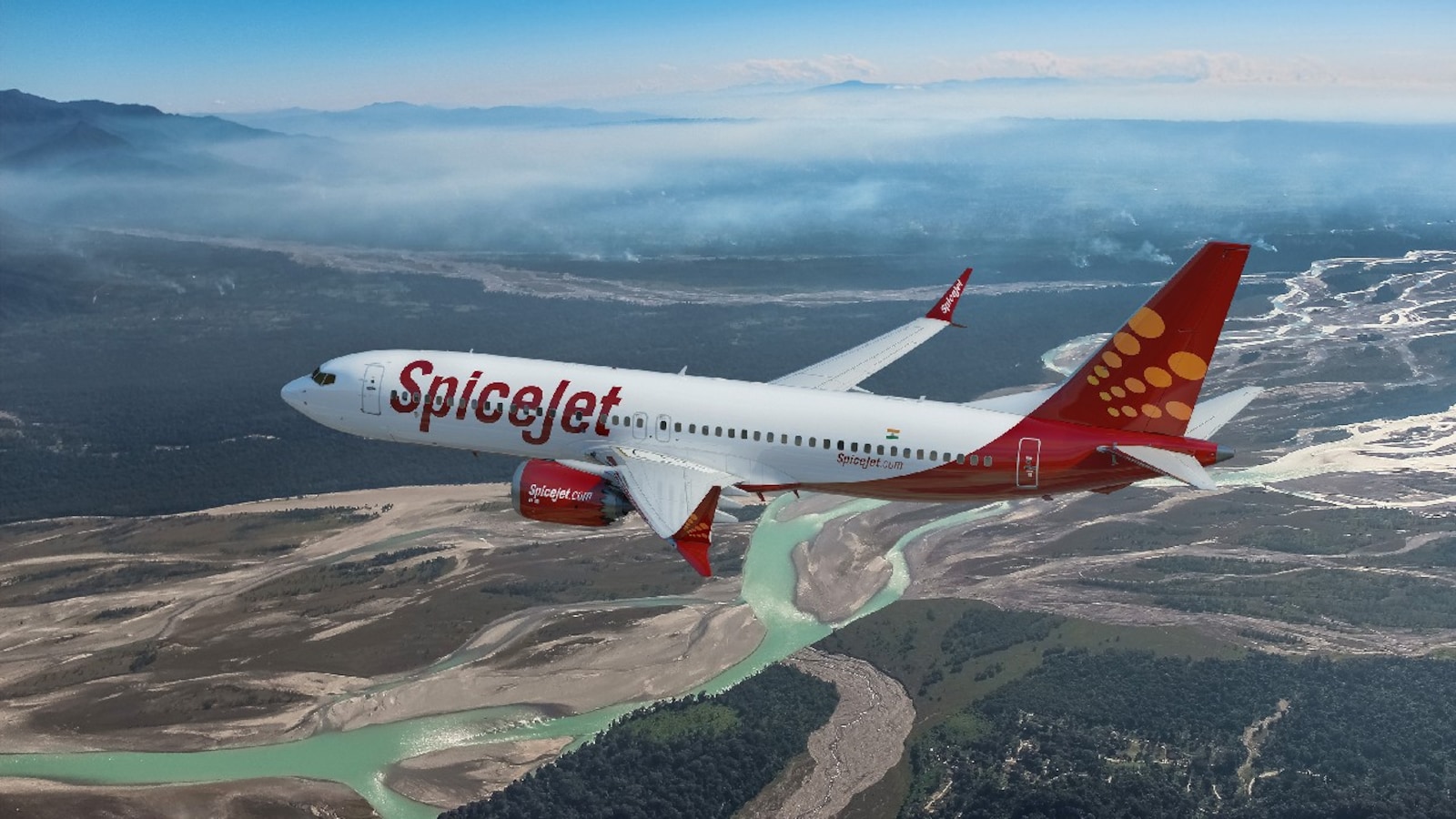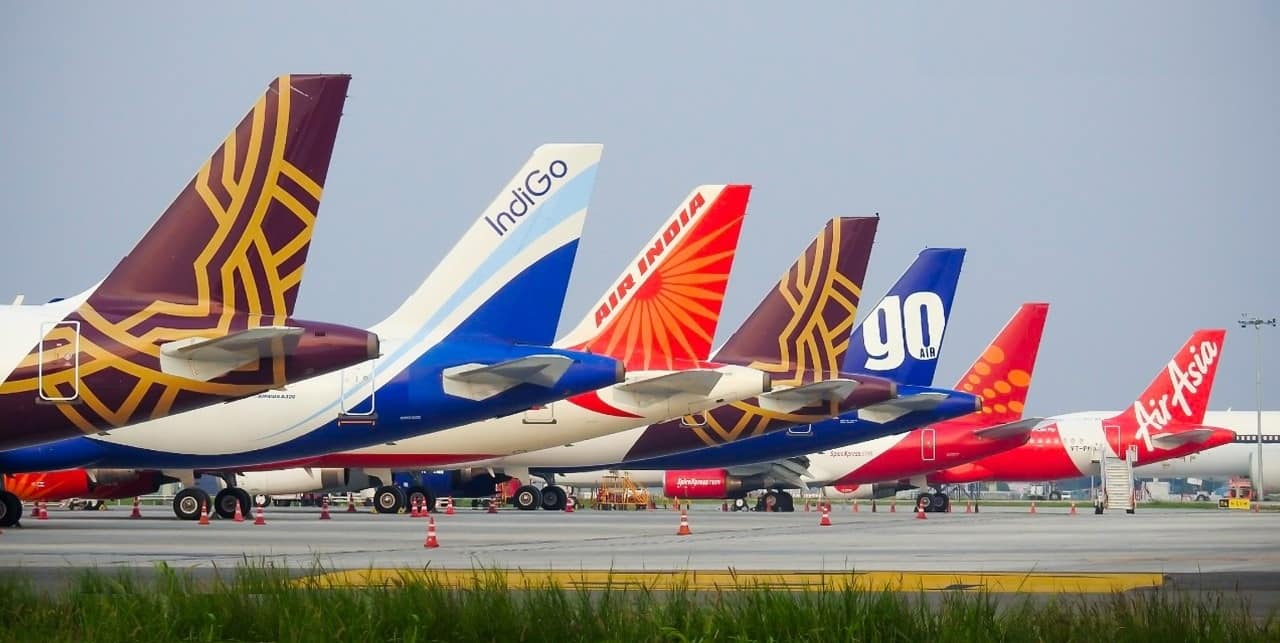Domestic Carriers to Increase Operations by 8% During Winter Season

Domestic Carriers to Increase Operations by 8% During Winter Season
The airline industry, like many others, has been navigating the stormy waters of global events over the past few years. As travel restrictions ease and the demand for domestic travel sees a notable increase, domestic carriers are set to boost their operations for the winter season.
Based on the latest reports, domestic airlines will be operating 8% more flights this winter compared to the previous year. Let’s delve deeper into the reasons behind this surge and its implications.

The Centre increased domestic carriers’ ‘Winter Schedule 2023’ or anticipated flight operations per week on Monday by 8.16% on an annual basis.
The Directorate General of Civil Aviation (DGCA) has thus authorised slots for 23,732 flight departures per week, which is higher than the 21,941 allotted for the winter schedule in 2022.Sequentially, the ‘Winter Schedule 2023’ contains 3.60% more flights than the 22,907 weekly departures authorised for the ‘Summer Schedule 2023’.
Notably, it is anticipated that additional flights and more capacity will bring down high ticket costs.
The ‘Winter Schedule 2023’ of scheduled Indian airlines, according to DGCA, was decided upon following the slot conference meeting held in September 2023.

IndiGo got the most flights allowed under the timetable, according to “WS23.”
IndiGo had 13,119 approved flights per week under the approved schedule, followed by Air India (2,367), SpiceJet (2,132), Vistara (1,902), and AirAsia India (AIX Connect) (1,457).
The allowed flight strength for Alliance Air was 914, Akasa Air was at 790, Air India Express was at 483, Star Air was at 247, FlyBig was at 191, IndiaOne Air was at 112, and Pawan Hans was at 18.
The pandemic dealt a hefty blow to the aviation sector. The sudden halt in air travel during the first wave left many airlines grappling with operational and financial challenges.
However, as vaccination campaigns progress worldwide and protocols to ensure safer travel get firmly established, there is renewed optimism in the industry.
While international travel remains in a state of flux due to varying restrictions across countries, domestic travel has seen a faster rebound. People are now more inclined to explore their own countries, leading to a significant increase in demand for domestic flights.

Interestingly, while business travel hasn’t bounced back to its pre-pandemic levels, leisure travel is thriving. With remote work becoming the norm, many people are choosing to work from scenic locales or are taking extended breaks to visit family or explore new destinations within their countries.
To cater to the growing demand, many domestic carriers are expanding their routes. Secondary cities and popular tourist destinations are getting better connectivity. Moreover, airlines are increasing the frequency of their most popular routes, ensuring flexibility and more options for travelers.
The uptick in flight operations spells good news for the economy. The aviation sector is a significant contributor to employment, both directly and indirectly. Increased operations will mean more job opportunities in areas like ground handling, cabin crew, pilots, and airport retail, to name a few.

While the 8% increase is a positive sign, the industry isn’t without its challenges. Rising fuel prices, staffing shortages in certain areas, and the ever-present threat of another disruptive event like a pandemic wave are concerns. Moreover, airlines will need to ensure they don’t overextend themselves by expanding too rapidly.
An increase in flights also brings forth environmental concerns. Emissions from air travel contribute to global warming. It’s crucial for airlines to adopt sustainable practices, invest in newer, fuel-efficient aircraft, and support research into alternative fuels.
This winter surge in operations serves as a testament to the resilience of the aviation sector. As airlines prepare for the increase, they’re also keeping an eye on the future. Many are investing in digital solutions to enhance passenger experience, from booking to boarding. The emphasis is on contactless procedures, efficient operations, and, most importantly, safety.

The 8% increase in domestic operations this winter paints a hopeful picture for the airline industry and the broader economy. It underscores the pent-up demand for travel and the human desire to explore, connect, and experience the world—even if it’s closer to home. As we buckle up for our next journey, we can be cautiously optimistic about the direction in which the aviation sector is headed.




